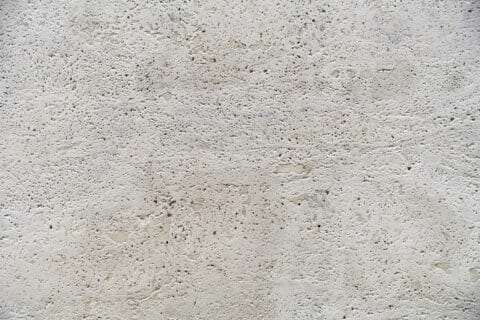Extremely Unique
Travertine and Limestone are similar, both natural stones being made up of calcium carbonate. Travertine is the land formed version generally found in ancient riverbeds whereas limestone is typically found in marine based locales and often feature fossilized shells embedded in the stone – an extremely unique physical characteristic for these stones.
Travertine and Limestone Practicality and Functionality
Both stones come in soft, earthy color tones and are highly desirable in bathroom applications. In general, they do not take a polish, so an honed finish contributes to the softness of the look associated with travertine and limestone. These stone materials are easily scratched and sensitive to acids, so they generally are not recommended for kitchen or bar countertops. However, these stones perform best outdoors as they absorb water and moisture, and can tolerate the variations of weather.
Due to their softness and porosity, travertine and limestone are better suited for fireplace surrounds and outdoor applications. When used for bathrooms and showers, they require a high end protective sealant due to their absorbable quality. Both of these stone materials offer dimension and a unique detail to your stone design.


